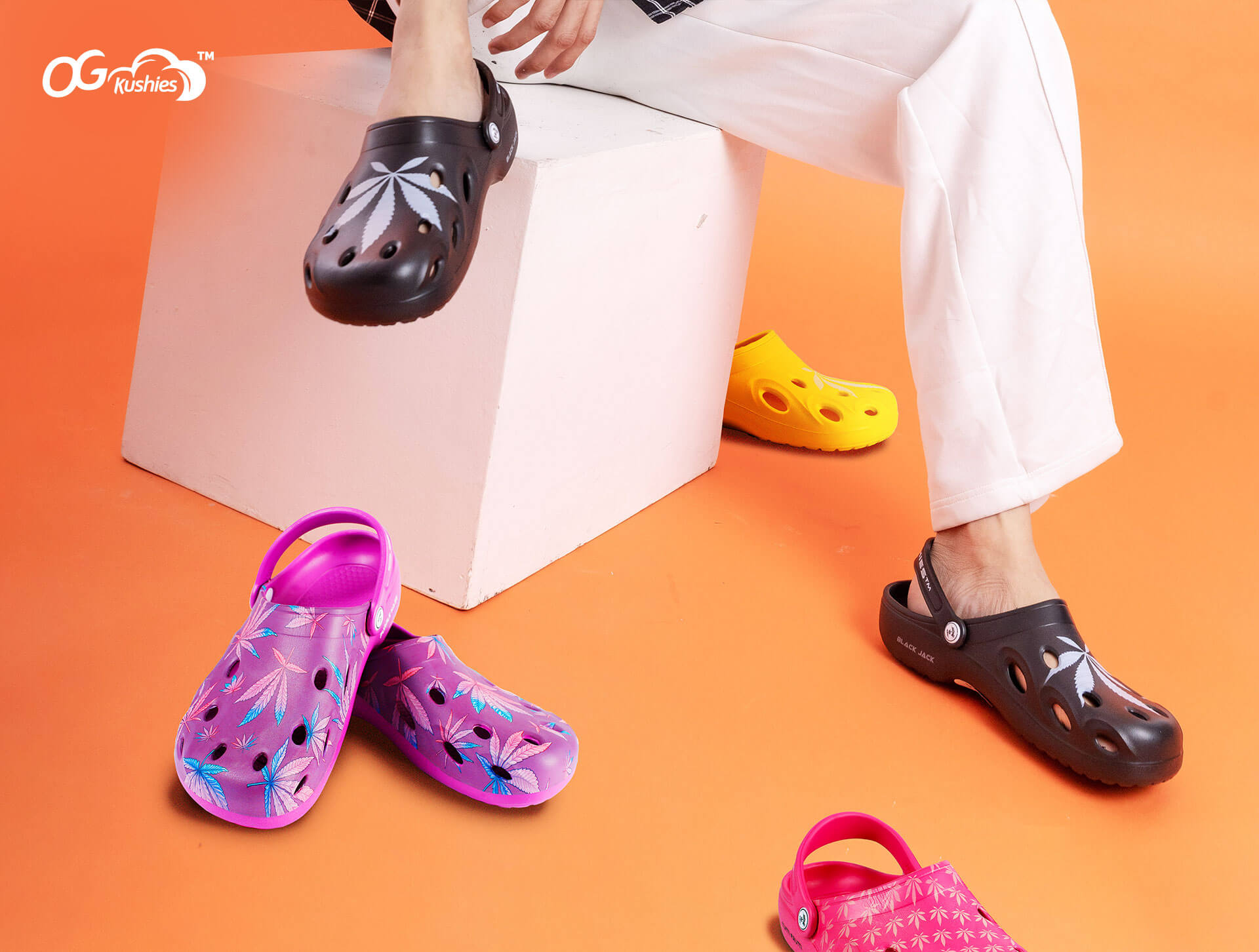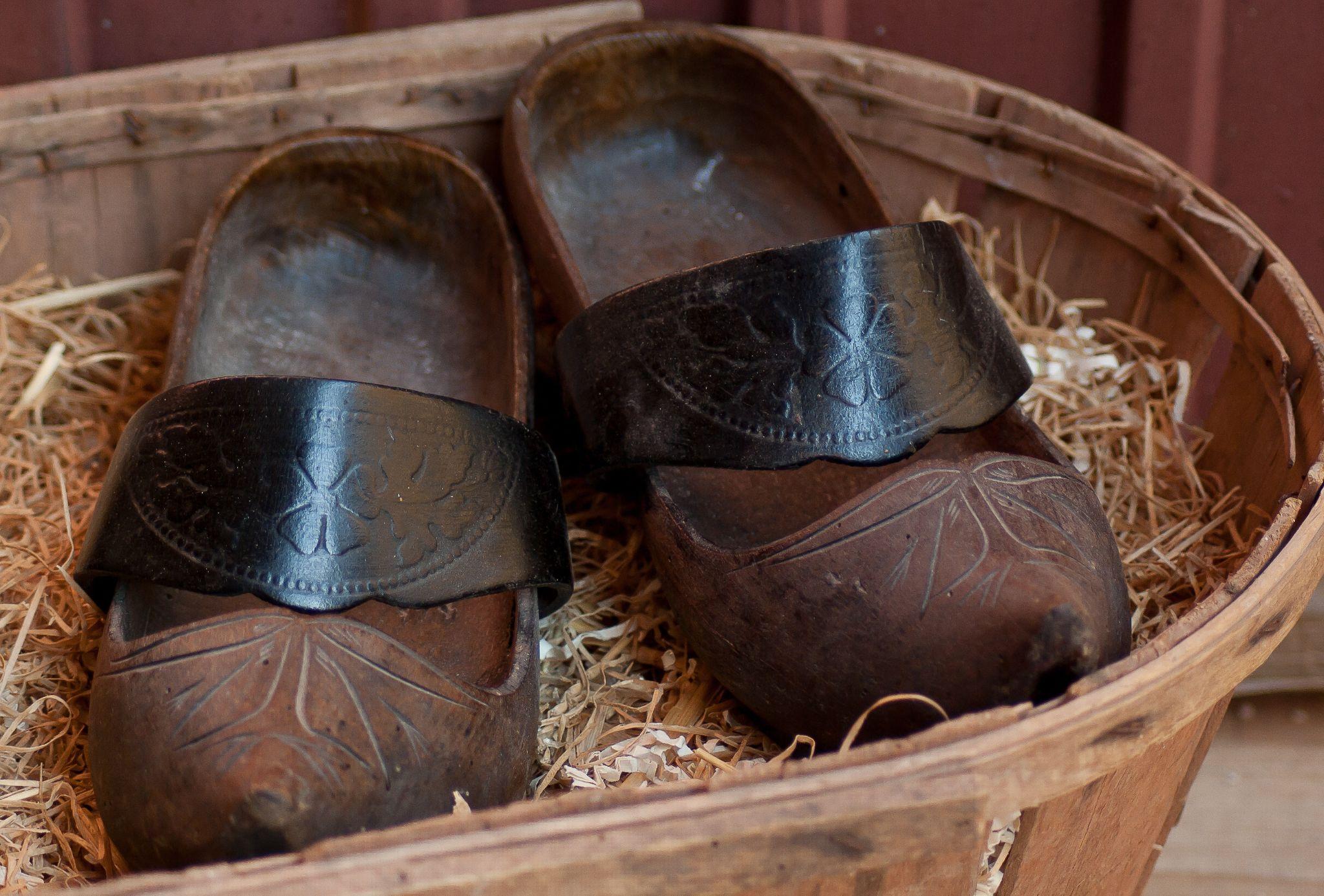BLOG
A Tale to be Told of Clogs Shoes
Clogs are a type of shoe that has been around for centuries. With different styles and types, there is one for everyone. The history of clogs is long and exciting. From the early Dutch settlers to our modern-day society, these shoes continue to be popular today. It is known to be the most comfortable shoes for men and women.
It is iconic footwear that people have used for centuries because of its comfort. It became popular during the middle ages. With its passing Century, this has remained the best comfortable shoes about its shape, size, material, and purpose.
But, clogs shoes have remained a longtime favorite. This is a favorite amongst farmers and manual laborers because of their practicality. Though clogs are now worn as fashion accessories, they were created for comfort and practicality.
Clogs are believed to have originated in the Netherlands. It has derived its name from clogge, a Dutch word for wooden shoe or block of wood. Clog shoes were made to be protective gear meant to keep feet warm and protect against harmful debris on the ground.
Farmers used clogs because of their durability and warmth on cold nights. During this time, clogs are considered the most comfortable shoes for men. But clogs spread throughout Europe due to their popularity with farmers, manual laborers, and anyone who worked outside. Clogs became popular with royalty; various monarchs wore clogs as part of their signature style, like King Henry VIII of England.
Clogs Across Continents
Clogs shoes are an essential part of Northern European culture, and it has been for centuries. Around six thousand years ago, people stopped making clogs out of wood but instead made clogs out of other materials, such as bark or animal skin.
People began creating the most comfortable slip-on shoes with leather soles. They were thick enough to have studs embedded into them to not slip on wet surfaces. Artisans also began carving slip-on designs into their boots. They could be decorated by cutting grooves into them with metal tools. People wore clogs that had leather tops combined with wooden bottoms.
Clogs during Ancient Times
Between 900 BC and 612 BC, a people known as the Assyrians dominated an empire in the Middle East. They provided robust footwear to their men, which aided them on lengthy marches.
By this time, clogs are made from wood or plastic and are worn by both men and women, making them the best comfortable shoes preferred by many.
Clogs are often used in industrial settings to protect liquids and debris. They were popular among the working class, as they were cheap to produce and provided good insulation against the cold weather. Clogs have regained popularity as a fashion statement in recent years and are now available in various styles and colors.
Around six thousand years ago, people stopped making clogs out of wood but instead made clogs out of other materials, such as bark or animal skin. People began creating clogs with leather soles that were thick enough to have studs embedded into them so they would not slip on wet surfaces.
Artisans also began carving clog designs into their boots because they could be decorated by cutting grooves into them with metal tools.
Shoes were worn long before history started. Cro-Magnons, who lived during the Ice Age, wore essential leather footwear. They lived during an ice age, so keeping your feet warm was critical.
Because of the scorching environment in Egypt, shoes were not required. People went barefoot most of the time, but papyrus sandals were worn. The wealthy Egyptians wore leather sandals.
Medieval Clogs
Saxons and Vikings wore simple leather boots and shoes, but wealthy individuals in the 15th Century wore shoes with long pointed toes. They were dubbed crakows after Krakow, where they were thought to have originated. But, only the upper classes wore these; the ordinary people wore round-toed shoes.
For laboring in muddy circumstances, peasants used wooden clogs in the Middle Ages. People in the town used patterns, wooden platforms worn under their shoes, held in place by straps. The pattens were up to several inches thick in some instances.
Cordwainers was the name given to shoemakers in the Middle Ages. The word comes from cordovan, which means leather from Cordova. Slashes were made on the soles of certain people’s shoes in the 16th Century. They were slip-on, and other times they were secured with latches. Early Tudor footwear lacked a heel. Women in England began to wear high-heeled shoes in the late 16th Century.
Over time, clogs evolved into various styles and designs suited to different occasions and activities. Some clogs were made from wood or other natural materials, while others were crafted from more luxurious materials like leather or velvet.
This footwear became popular among the working class to keep their feet warm and dry in cold weather, and they gained favor among the upper class as well.
19th and 20th Century Clogs
Instead of being interchangeable, shoes in the early Nineteenth Century were created with a right and left foot. In the nineteenth Century, males wore boots often, and it became fashionable for ladies to do so.
At the turn of the Century, it became trendy for ladies to wear shoes once more. In the early nineteenth century, a new form of footwear was named after the Duke of Wellington. They were made of leather, but since the 1850s, they have been constructed of rubber.
Photo from Piqsels
During the 19th Century, clogs experienced what has been referred to as their golden era, where clog-making workshops sprung up in most major towns in Britain, particularly in northern England. During this time, clogs shoes served as a practical footwear choice for the working class, as they were sturdy and could withstand the demands of manual labor.
However, clogs also began to be adopted by other social classes, most the middle class. Social classes preferred these clogs as comfortable slip-on shoes for men and women due to their material. This was partly due to the growth of tourism and the popularity of clog dancing, which saw people from all walks of life sporting clogs as a form of fashion.
The 20th Century saw clogs undergo a further transformation, with clog makers beginning to experiment with new designs and materials. In particular, clogs made from plastic and other synthetic materials became popular.
Clogs also began to be marketed towards children and young adults, with a range of colorful and trendy designs becoming available.
For the first time, boots and shoes were mass-produced and made more affordable. But, in the nineteenth Century, boots and shoes were still considered luxury items, and some impoverished parents could not buy them for their children.
The Boot Fund was established in numerous places towards the end of the nineteenth Century to supply boots and shoes for impoverished children. Despite this, children played barefoot in the streets of British towns as late as the 1920s because they couldn’t buy shoes.
With improving living standards in the twentieth century, there was a great diversity of shoe styles. Women’s shoes of the 1920s were embellished with beads. Leather was scarce during World War II. Some people used clogs instead of shoes.
The Damaged Feet of Dutch Farmers in 19th Century
Dutch farmers wore clogs as they were sturdy and could protect their feet from the damage that clogging can cause. Clogging is a process where soil and water become trapped in the clog, which can damage the feet and ankles; hence, the ‘clogs’ were born.
Unfortunately, clogs can be pretty dangerous, as they can cause injuries to the feet. This is why they are no longer used today.
But, clogs remain popular among fashionistas, who often wear them as statement pieces like some clogs available in the market now that have trendy designs to choose from. They are also still used in some industries, such as clogs worn by bricklayers.
Although there were reports linking clog use to foot damage, it wasn’t recognized as a serious health issue until 1809. Sir George Cayley issued an order to house inmates whose shoes showed signs of clogging. These shoes were supposed to come with custom-made clogs. These were made of proper and long-lasting materials and were designed not to clog.
He observed that his clog population had improved both in physical appearance and in gait – they walked more upright, and he attributed their improvement to the new clogs. He concluded that these clogs were necessary for farmers.
By the end of the 19th Century, there was a wide variety of clog types available throughout Britain, including sabots, reinforced clogs, wire-netted clogs, pebble-grained clog, crepe rubberized clogs, tarred canvas boating clogs, and clogs with hobnails.
The clog’s popularity as a work shoe was short-lived, but it disappeared from the British workplace during the early 20th Century. One reason for its decline may have been the increasing availability of affordable and comfortable shoes made from new materials such as rubber and plastics.
Clogs shoes also began to cause problems for their wearers. The sharp wooden clog heel could damage asphalt or cobblestones, and clogs were often blamed for causing joint pain and other foot problems.
In the Netherlands, where farmers and laborers had worn clogs for centuries, the clog began to damage its wearers’ feet. Thick calluses developed on the foot and heel ball, and many clog wearers began to suffer from painful bunions.
Clogs Today
Clogs shoes appeared throughout Europe by the Industrial Revolution. There are speculations that clog dancing began as a simple way for factory employees to pass the time by tapping syncopated beats on the factory floor. This is also thought to have influenced the development of modern tap dance.
Although clogs are now used as a fashion statement, their history is much more interesting than that. Clogs have been around for centuries and were created to protect people’s feet from harsh elements. They were made from sturdy materials like wood or metal and provided insulation and waterproofing.
They were seen as a practical footwear option since they were tough and durable. But, clogs fell out of favor in the 1970s and 1980s. They were seen as outdated and unfashionable and were replaced by other types of footwear.
Now you know about the clogs tale. Thus, you will be able to answer the question “What are clogs shoes?” then. It’s a magnificent footwear that has come a long way, giving comfort to people before and up until now.
Today, clogs have made a comeback. They are now seen as a stylish and trendy option and popular among fashion-conscious adults and children. Clogs are available in a range of different styles and colors and can be worn with various outfits.
Thanks to their recent resurgence in popularity, clogs are becoming a mainstream fashion choice. E-commerce shops like OG Kushies will offer you the modernized version of these clogs adding comfort to your everyday hustle. Get it now!




